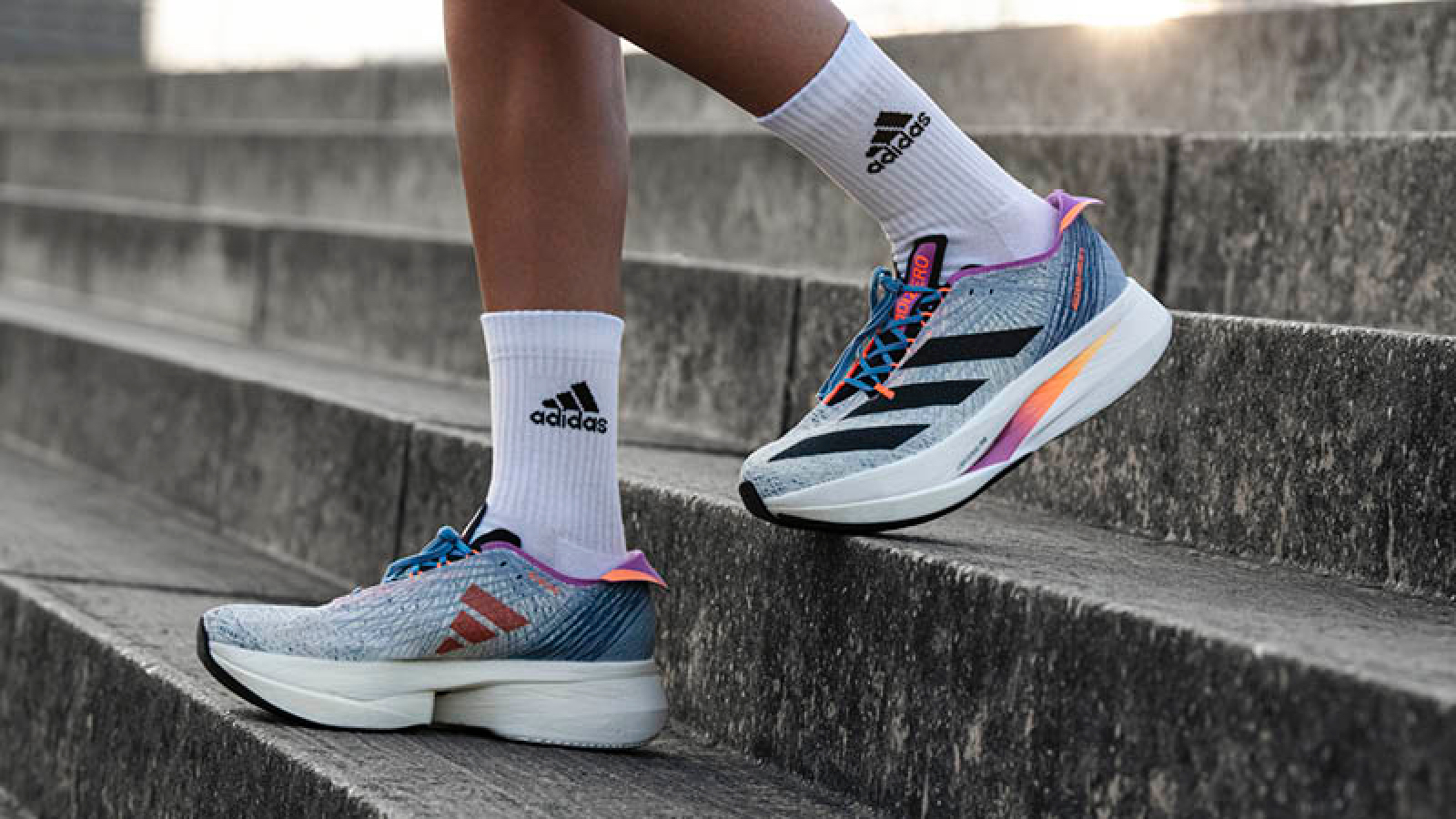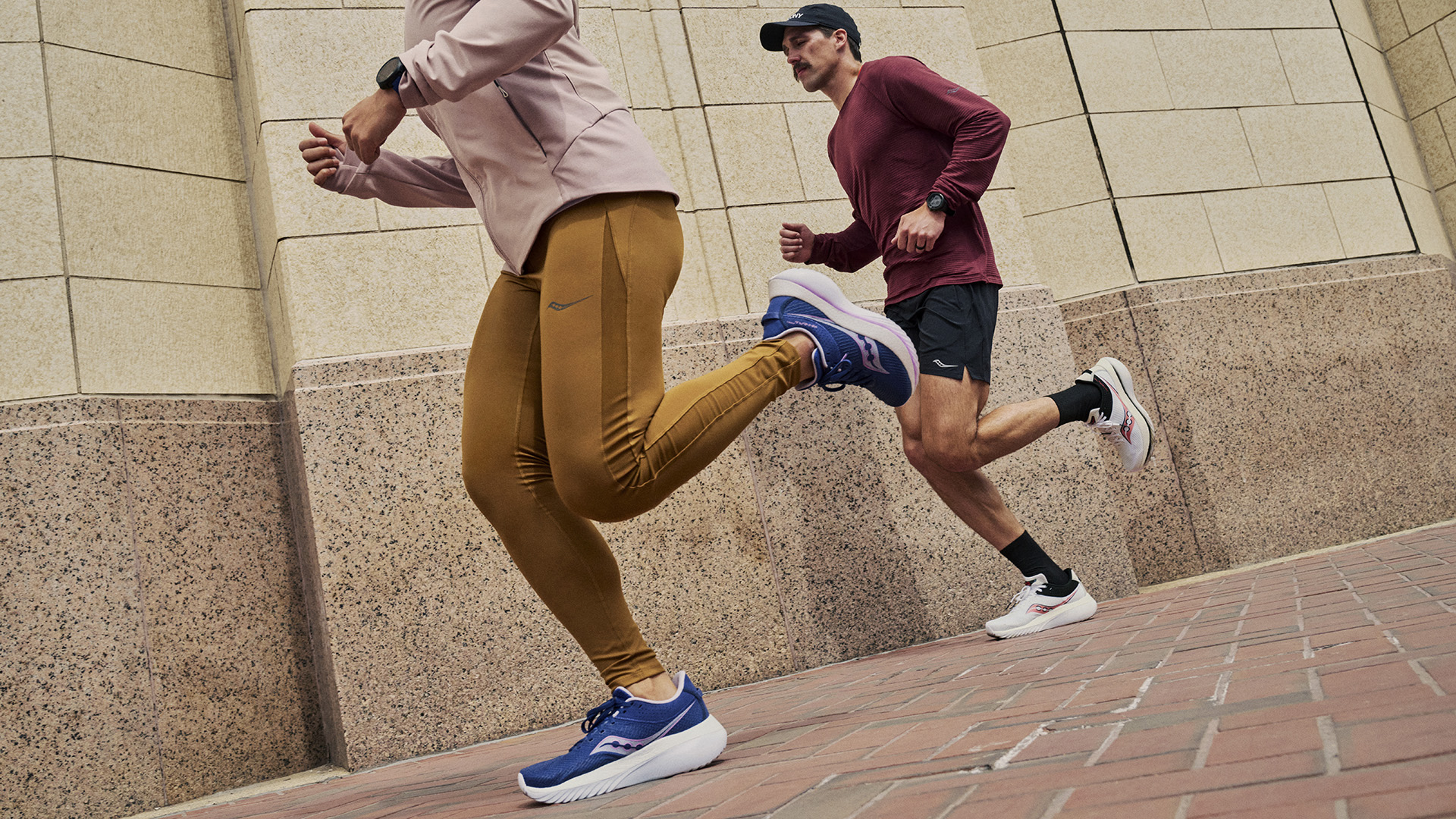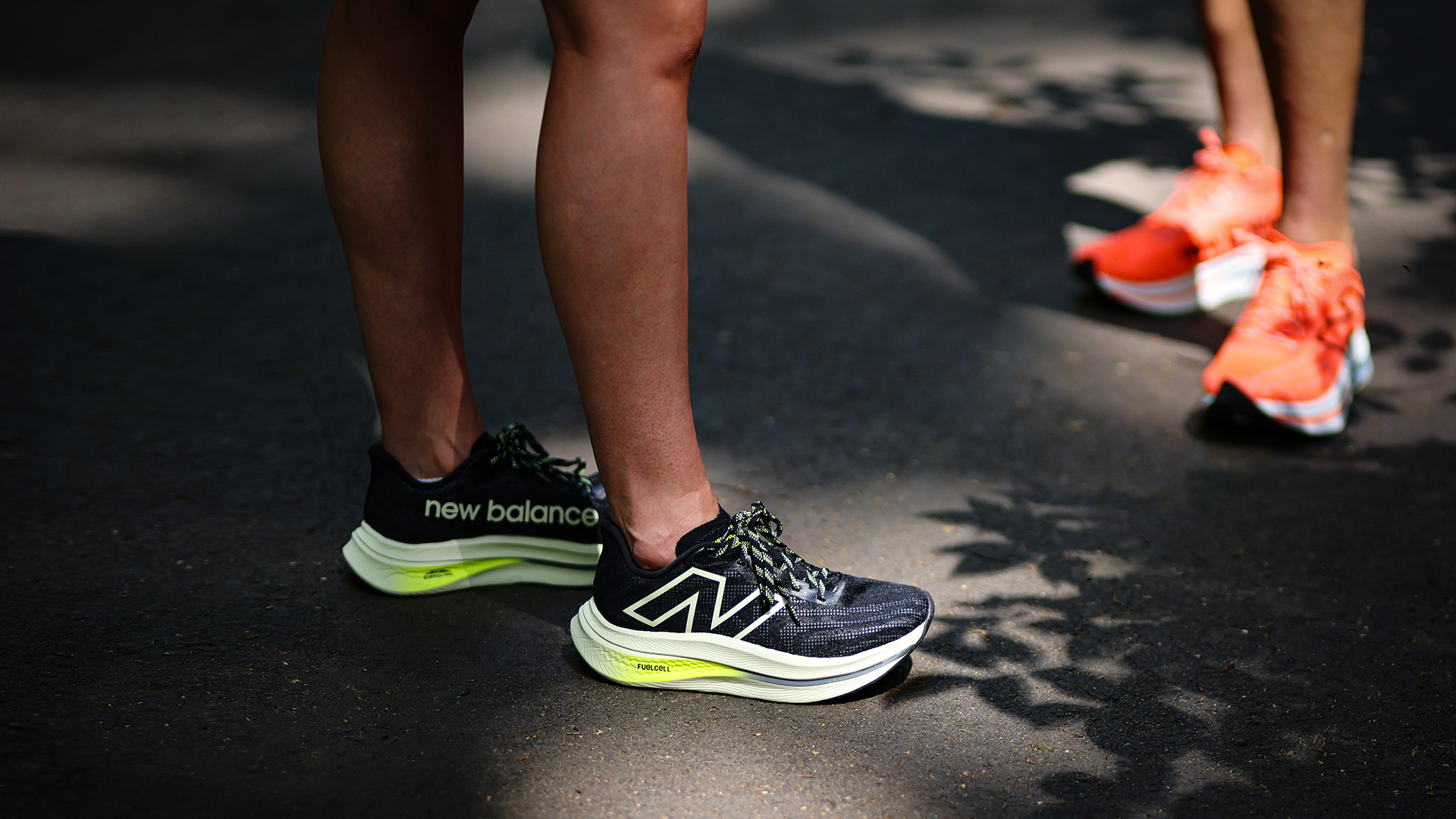What are Super Trainers and why are they banned from racing?
Super Trainers are the new playground for manufacturers to try out innovative technologies and design concepts


The weirdly wonderful world of the best running shoes is forever changing. It feels like yesterday when we all ran half marathons and marathons in racing flats with soles as flat as a pancake. Then, in 2017, Nike released the Vaprofly 4%, featuring the ZoomX cushioning technology, which forever changed competitive running as we know it. The Super Shoe was born.
Fast forward five or so years and Super Shoes are everywhere. Every self-respecting running shoe manufacturer has their own version, from Adidas to New Balance to Saucony and more. Super Shoes aren't frowned upon anymore, as the market saturation made them more accessible than before. They are so commonplace that companies started rolling out a new take on the concept: the Super Trainer.
Despite what the name suggests, Super Trainers aren't just your standard running trainers. In fact, they are often faster and more intimidating-looking than Super Shoes – so why are we calling them trainers? Why are they often 'banned' from racing? What are they for? And should you buy them? Let's find some answers.
What are Super Trainers?
Super Trainers are high-stack running shoes often featuring at least one stiff plate embedded in the midsole. The maximum stack height of these shoes is usually over 40 mm. Some, such as Adidas Adizero Prime X 2 Strung, have multiple carbon plates sandwiched between the different foam layers for more propulsion.
Although they are called trainers, Super Trainers can actually make you run faster than some Super Shoes explicitly designed for racing. That's because they are further optimised for speed and leg preservation over long distances to a degree that might be classified as mechanical doping.
Super Trainers are an example of what could've been should the World Athletics didn't ban certain running shoes from races. The limitations set by the governing body might stop brands from pushing the design of their race-ready shoes, but evidently, it won't prevent them from trying to design the ultimate long-distance running shoe.

Saucony Kinvara Pro in action
Why are they banned from racing?
Back in 2019, there were a lot of debates about what, at the time, was probably the most successful road racing shoe, the Nike ZoomX Vaporfly NEXT%. The 'Vaporfly' ruffled many feathers, so much so that the conversation about running shoes and mechanical doping got into mainstream media, prompting the World Athletics to address the situation.
Get all the latest news, reviews, deals and buying guides on gorgeous tech, home and active products from the T3 experts
What they did was to limit the stack height and the number of stiff plates embedded in the midsole in shoes used for racing. And since they didn't want to undo the records already set in the Vaporfly and similar running shoes, they drew the line there: 40 mm max stack height and one stiff plate.
This applies to all World Athletics road events, including running and race walking, and cross-country events (non-spike shoes). Mountain and Trail Races haven't got any thickness regulations. What this means is that if you ran a World Athletics race in a 'banned' shoe, your time won't be accepted.
Pros, of course, don't use non-approved shoes for racing. But should you break the 2-hour world marathon record in the Saucony Kinvara Pro or the New Balance SuperComp Trainer, your time wouldn't be official.
Should you buy Super Trainers?
Super Trainers aren't cheap. In fact, they are often the most expensive in companies' lineup. Some Super Shoes, like the Saucony Endorphin Elite and the newly announced Adidas Adizero Adios Pro Evo 1, are also costly, but they can be used on races, so one might justify the price, thinking they can be used for any purpose.
However, Super Trainers can only be used for training, or more like non-racing, which limits their versatility. And considering the high asking price, some runners might not be able to justify buying one, which is fair play. Those who like to push their limits and have some disposable income should try Super Trainers, though, as they provide a significantly different running experience.

New Balance SuperComp Trainer 2
What are the best Super Trainers right now?
Super Trainers, by default, push the boundaries of what's expected from running shoes. These days, brands use the Super Trainer concept as a sandbox to expand their design to areas they couldn't otherwise. They can and should be used for training as well as trying to break PBs.
We consider the best Super Trainer the one that pushes the concept of running shoes the furthest without compromising the running experience and performance, which currently is the Adidas Adizero Prime X 2 Strung. These shoes are incredibly comfortable to run in, and thanks to the massive stack height and two carbon plates, they provide oodles of energy return and preserve your legs over long distances.

Matt Kollat is a journalist and content creator who works for T3.com and its magazine counterpart as an Active Editor. His areas of expertise include wearables, drones, fitness equipment, nutrition and outdoor gear. He joined T3 in 2019. His byline appears in several publications, including Techradar and Fit&Well, and more. Matt also collaborated with other content creators (e.g. Garage Gym Reviews) and judged many awards, such as the European Specialist Sports Nutrition Alliance's ESSNawards. When he isn't working out, running or cycling, you'll find him roaming the countryside and trying out new podcasting and content creation equipment.